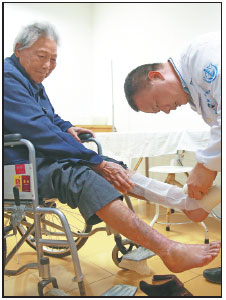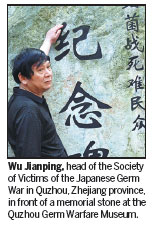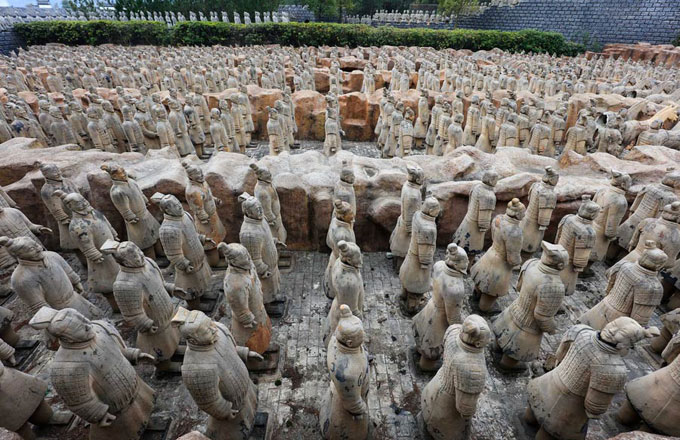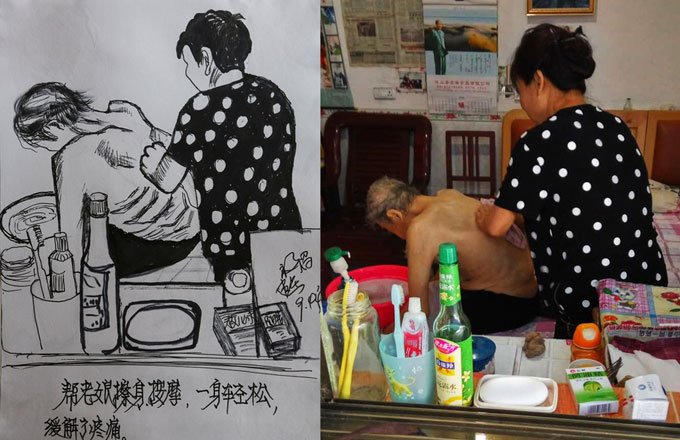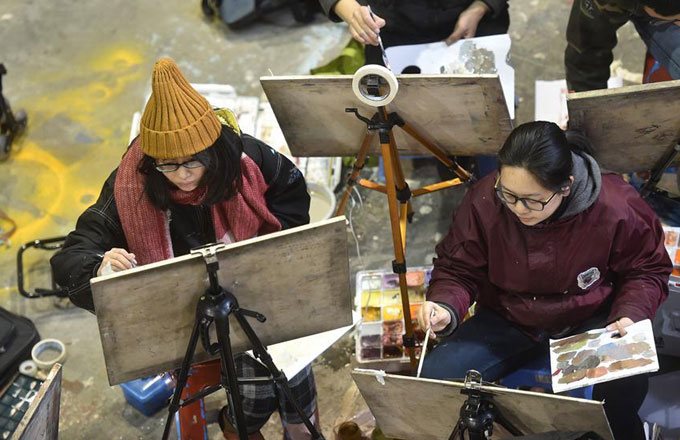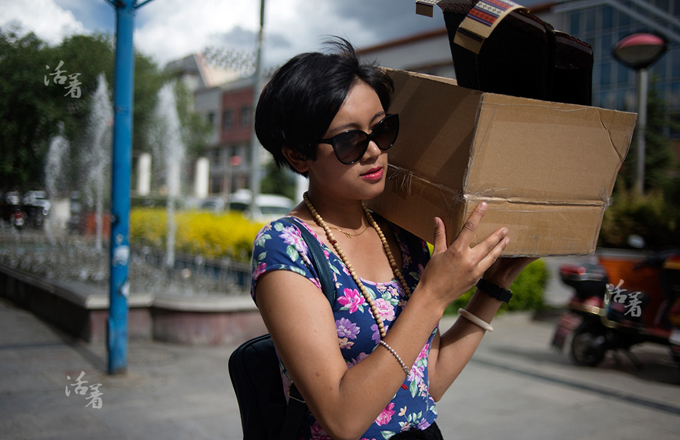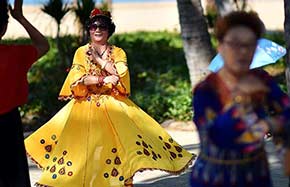'Rotten legs': a lifetime of suffering
|
Zhang Yuanhai, a wound specialist, inspects the legs of Chen Chunhua, who had an operation at the Quhua Hospital in Zhejiang in January. |
Historical documents
Last year, Furmanski returned to China to deliver university lectures about rotten leg infection and Japan's use of germ warfare.
"There is ample historical documentation and epidemiological evidence to confirm that these attacks (using biological weapons) had occurred," he wrote in an email to China Daily. "The onset of this large body of rotten leg victims begins dramatically in the summer of 1942, with essentially none before that time."
According to Furmanski, although other conditions - diabetes and vascular diseases for instance - can also cause ulcers that won't heal because of poor circulation, they almost always occur in older adults, while almost all of the people with rotten leg ailments who are still alive were teenagers or even toddlers when they first developed the symptoms.
Reflecting on the fact that many people were infected not in the summer of 1942, but in the years that followed, Furmanski said: "This is not unexpected: anthrax spores can survive for many years in soil or on objects."
Over the past two decades, Wang and her team of volunteer researchers have interviewed more than 1,000 men and women believed to have anthrax. Most of the victims have since died. "One can only get a glimpse of their tortured lives through a few interview notes and photographs in our research database," said Wang, who has concentrated on raising social awareness of this "disease from history", as she calls it, and providing medical aid to patients.
Since 2014, when she began launching programs to help people with rotten legs, several hospitals in Shanghai have provided effective treatment - some for free - for elderly patients from Zhejiang, and moves are in progress to also help patients from Jiangxi in the near future.
In March last year, the 64-year-old launched a project to raise funds on the micro blog platform of Tencent, one of the world's biggest internet companies. So far, more than 1 million yuan ($152,400) has been collected. The money pays for treatment at four participating hospitals: the Shanghai Ninth People's Hospital, the Shanghai TCM-Integrated Hospital, the Quhua Hospital and the Jinhua Central Hospital. Some of the country's leading wound experts are also involved, providing the project with much-needed medical guidance.
"Zhejiang has a higher per capita GDP than France. The government should be doing more," Wang said.
The project started at the Quhua Hospital in September, 85 years after Japan invaded Northeast China.
"I can clearly remember a patient called Tu Maojiang," said Zhang, the head doctor at the Quhua hospital. "When I first saw him at the hospital, his wounded legs were wrapped in dirty cloths and cardboard. When he left the hospital a month later, having undergone the operation, he told me that for the first time in his life, he could wear leather shoes and visit his relatives," he said.
"Patients who have had the surgery must wear elastic bandages to increase blood flow. And to prevent a relapse, they must safeguard the healed wound from damage or contamination," he continued. "It still takes some time, a year probably, before we can declare victory."




